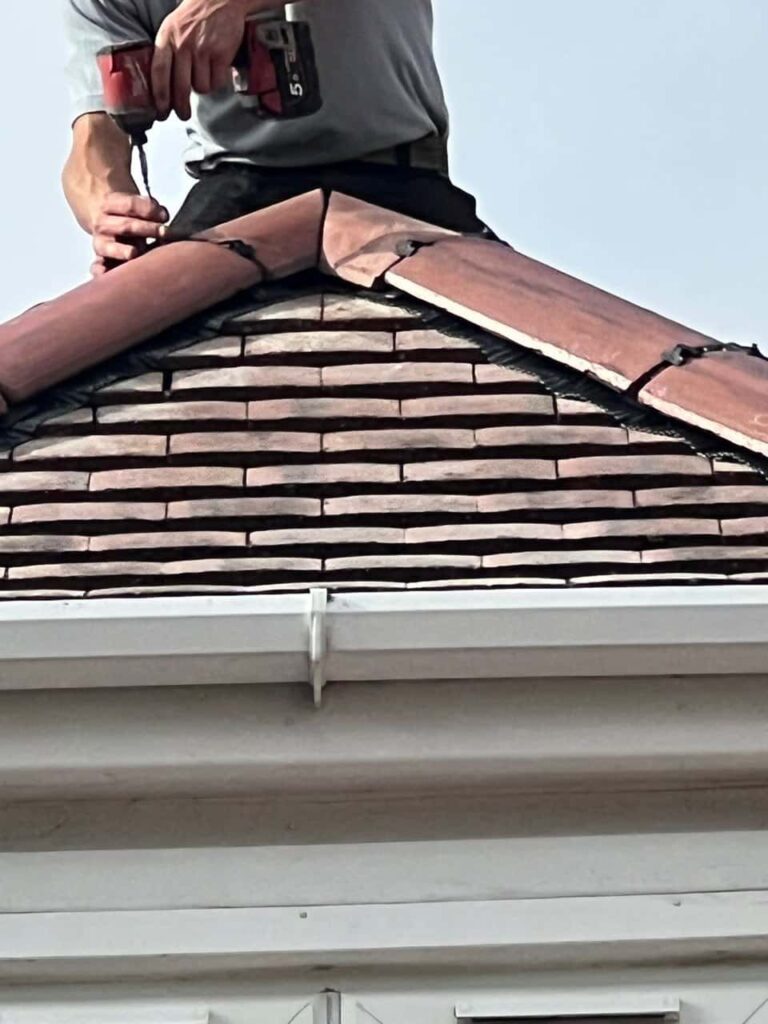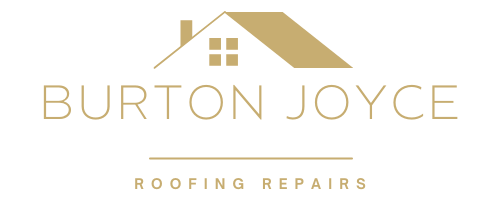Introduction: Lead flashing is a crucial component of roofing systems, providing a watertight seal at critical junctions and penetrations on the roof. Over time, lead flashing may require repairs due to wear and tear, damage, or other factors. While addressing lead flashing issues is essential for maintaining a leak-free roof, it’s equally important to prioritise safety during the repair process. In this blog post, presented by Burton Joyce Roofing Repairs, we’ll discuss how to safely handle lead flashing repairs to protect yourself and your roofing system.
Safety First: Preparing for Lead Flashing Repairs
- Personal Protective Equipment (PPE): Before starting any lead flashing repair, ensure you have the necessary personal protective equipment. This should include safety goggles, gloves, and appropriate clothing to protect against potential lead exposure.
- Work in a Well-Ventilated Area: Conduct lead flashing repairs in a well-ventilated area to minimise the risk of lead fumes or dust inhalation.
- Lead Exposure Prevention: Minimise direct contact with lead using tools and materials that can help reduce exposure. Consider using lead encapsulation products or lead wipes to clean surfaces.
- Cleanliness: Maintain a clean and organised work area to prevent lead dust from accumulating and spreading. Use plastic sheeting or drop cloths to catch debris and dust during the repair process.
Repairing Lead Flashing Safely
- Assessment: Start by carefully assessing the extent of the damage or deterioration in the lead flashing. Identify areas that need repair or replacement.
- Tools and Materials: Use appropriate tools and materials for lead flashing repairs, including lead sheet, lead patination oil, lead sealant, soldering equipment, and roofing cement.
- Isolation: Isolate where you will work to prevent unauthorised access and ensure safety.
- Soldering Safety: If soldering is required for the repair, take necessary precautions. Use a soldering iron with a temperature control feature, work in a well-ventilated area, and avoid overheating the lead, as it can release toxic fumes.
- Secure Ladder and Scaffold: If you need access to the roof, make sure your ladder or scaffold is stable and securely positioned. Always follow ladder safety guidelines.
- Lead Waste Disposal: Properly dispose of lead waste in accordance with local regulations and guidelines. Do not leave lead debris or waste materials lying around.
After the Repair
- Cleaning: Thoroughly clean the work area, removing lead dust or debris. Dispose of all waste materials responsibly.
- Personal Hygiene: Wash your hands and any exposed skin thoroughly after handling lead materials.
- PPE Care: Properly clean and store your protective equipment to prevent contamination.
Conclusion: Handling lead flashing repairs safely is paramount to protect yourself and the environment from potential lead exposure. Suppose you are not experienced in working with lead materials or are uncomfortable with the process. In that case, it is advisable to consult with professionals like Burton Joyce Roofing Repairs, who have the expertise and safety protocols for lead flashing repairs. Prioritising safety ensures that your roofing system remains watertight and that you maintain a healthy working environment during the repair process.
Call us on: 0115 647 1193
Click here to find out more about Burton Joyce Roofing Repairs
Click here to complete our contact form and see how we can help with your roofing needs.

